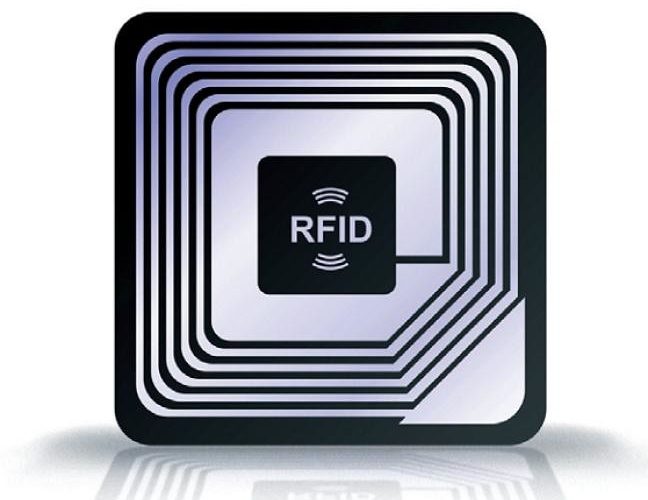Radio Frequency Identification (RFID) uses the electromagnetic field for data collection. The radio-based wireless technology is used in commercial and industrial applications to track, match items, or even identify individuals. The system can be divided into Tags & Readers. The reader emits radio waves and gets signals from the RFID tag to communicate its identity. These tags can tell a lot about the products ranging from their identity, source of origin and destination, transportation history, product specifications, order status, price, etc., based on what data is encrypted in a tag.
For more than a decade, RFID technology is making rounds in the industry think tanks. While many of us know what it is, its utilization is largely disregarded in the supply chain environment in favor of less expensive unique barcode labels. But in recent items, RFID has been gaining more importance in inventory management – ID badging, prevent pilferages, counterfeit prevention, etc. RFID is particularly useful in the case of high-value articles and sensitive products that require a high degree of safety, such as the food and healthcare sectors. Also, another use of RFID can be seen in high-tech stores having counterless checkouts, etc.
In today’s global supply chain environment, the question that most businesses ask themselves is between investing in the (RFID) or going the old school way using barcode labels.
To decide on this, it is pertinent to learn about the differences between RFID and barcodes.
So what is the difference between these two technologies:
RFID tags and barcodes present some degree of similarity in that both can store the unique number for an individual item that can be deciphered by a reader/scanner and uploaded to a database.
Barcode scanners use a beam of light to read the black and white pattern printed on the label/tag. On the other hand, RFID (Radio-Frequency Identification) chips transmits data to the readers through radio waves. This makes it possible to read even from a distance (say, up to 10 meters), reducing the Non-Value Time; be read within seconds; allow for a more flexible system design, and be used across a wide variety of formats.
Benefits of RFID:
With RFID, it is possible to scan multiple items at the same time, ensuring speedy and reliable tracking. Besides error-proof delivery, RFID facilitates cost saving through improved inventory management, labor reduction, minimized product handling, and advanced security. Further, unlike a barcode, RFID technology does not require scanning under the light or inline scanning.
RFID is potentially capable of changing the way business is done. It pulls the supply chain towards intelligent automation and reduces the need for manpower. IBM consulting services, in association with Auto-ID center, Massachusetts Institute of Technology, has estimated a total labor-saving up to 36% in order picking warehousing operation and a 90% reduction in verification cost for the shipping process. They also estimate a 60-93% reduction in receiving check-in time with RFID technology. RFID can also track the motion of items in the assembly line.
RFID technology ensures safety. It helps reach areas where humans fail to enter because of constraints such as limited space, vertical storage shelves, high temperatures, hazardous gases, etc. RFID can significantly replace human intervention in temperature-controlled supply chains by giving real-time data such as moisture content, temperature, etc., for sensitive or perishable products.
Among many advantages of RFID technology is the reusability of its tag. Besides, barcodes are used on products, and cannot be reused. However, RFID technology is not limited to objects. It can be used to detect humans and can help monitor their motions, temperature, etc. This can enhance labor safety.
RFID is a boon in the modern business environment. With the increasing network complexity, it can increase product visibility in both storage and transit. RFID can turn an average-performing supply chain into an efficient one by keeping track of incoming and outgoing SKUs, reducing process cycle time, and enhancing scalability.
Benefits of Barcodes:
Bar codes are printed on labels and are cheaper to generate than RFID tags. Two-dimensional (2-D) bar codes, especially, can carry all the necessary data and are more than sufficient for manual scanning. One thing to consider is that bar codes are already being used in healthcare, so the infrastructure is currently in place.”
Conclusion:
It is thus clear to us that one needs to take their pick based on the goal and scale to be achieved. For example, smaller outfits such as grocery shops selling perishable goods tend to use barcodes, while manufacturing entities offering high-value items with large inventories may tend to prefer RFID for real-time information. Moving forward, we can expect that solutions will not necessarily be exclusively barcode or exclusively RFID, but rather a combination of various sensor and auto-ID technologies that best solve the business challenge.






